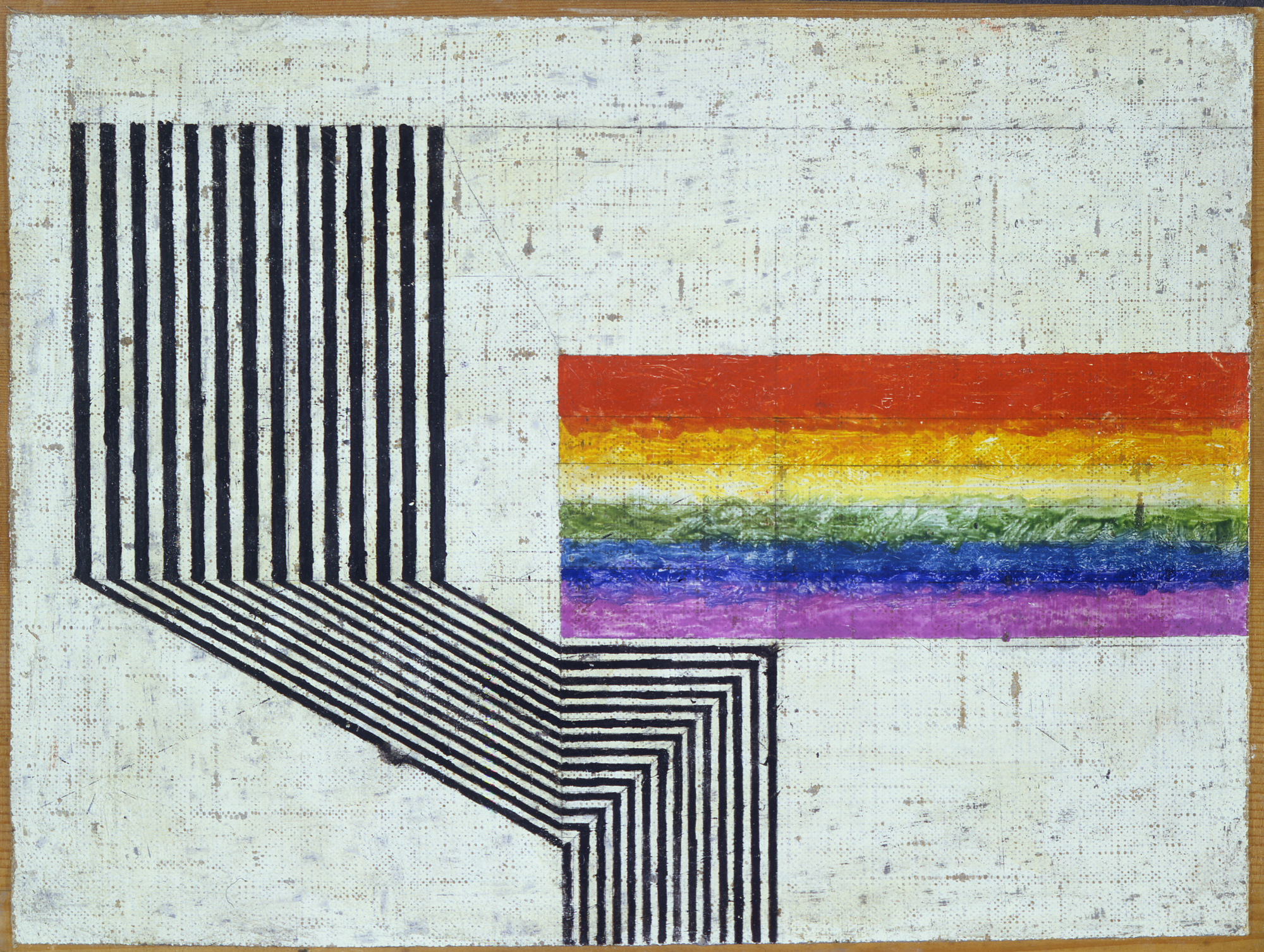
Click here to view image
Ritmo
Maria Cernuschi Ghiringhelli 1990
782
Unità di misura: cm; Altezza: 21; Larghezza: 29
olio su tela incollata su tavola
Museo d'Arte Contemporanea di Genova collezione Cernuschi Ghiringhelli - Villa Croce, Genova - 1991<br>Osvaldo Licini. Dipinti e disegni - Ascoli Piceno - 1988<br>Il Milione e l'Astrattismo, 1932 - 1938 - Fermo - 1988<br>Osvaldo Licini - Acqui Terme - 1985<br>1930 - 1980 Astrattismo in Italia nella raccolta Cernuschi Ghiringhelli - Villa Croce, Genova - 1985<br>Annitrenta. Arte e Cultura in Italia - P. Reale, P. Arengario e Galleria del Sagrato (MI) - 1982<br>O. Licini - Galleria Lorenzelli, Milano - 1982<br>Anni creativi al Milione 1932 - 1939 - Palazzo Novellucci, Prato - 1980<br>Lazzari Melotti Licini - Galleria Arte Centro, Milano - 1978<br>O. Licini - Galleria Civica d'Arte Moderna, Torino - 1968 - 1969<br>Arte moderna in Italia 1915-1936 - Firenze - 1967<br>XXXIII Biennale internazionale d'arte di Venezia - Venezia - 1966<br>Proprietà Evidenti dell'astrattismo - Galleria Minima, Milano - 1963<br>Mostra collettiva di arte astratta in Italia - Torino - 1935
Licini decided to pursue abstract painting during his studies in Paris in the late 1920s. As a result of his contact with the Abstraction-Création group, in around 1931 he produced his first abstract works, in which both a deep knowledge of the work of Kandinsky and Klee and an innate sense of line can be detected. The artist became part of the circle of the Milan gallery Il Milione and, in an open letter written on the occasion of his solo exhibition of 1935 and published in the gallery's Bulletin no. 35, he clarifies the lyrical and imaginative approach to his work: “We will show that geometry can become feeling”. Maria Cernuschi Ghiringhelli, considered by Carlo Belli to be Licini’s muse and discoverer, immediately fell in love with his art, and it was the Licini works she bought in 1942 that set in motion her painting “collection”. 1933’s “Ritmo” presents the characteristics of the abstract Licini and conscious of geometry.



